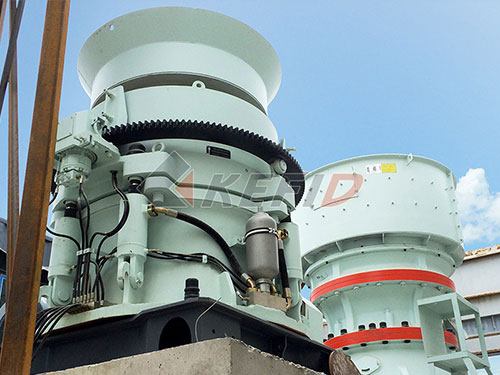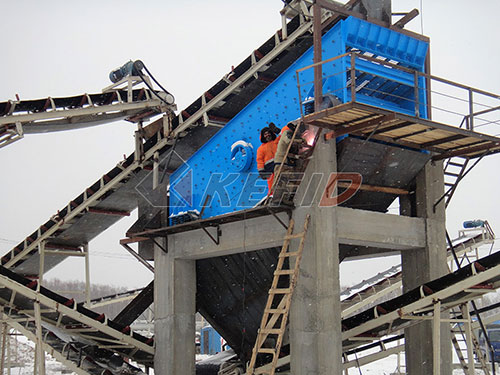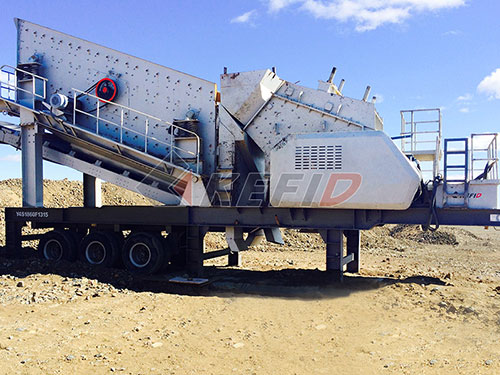
Affordable Small Rock Crushers: A Game Changer for Artisanal Miners in Mali
Mali, a nation steeped in rich geological heritage, stands as Africa’s third-largest gold producer. Beneath the surface of this impressive output lies a critical reality: artisanal and small-scale mining (ASM) forms the bedrock of the sector. Estimates suggest ASM contributes significantly, potentially representing over 80% of Mali’s total gold production and directly employing hundreds of thousands of Malians, often in remote and economically disadvantaged regions. These miners are the backbone of local economies, yet they grapple with persistent challenges that stifle productivity, profitability, and safety.
The Crushing Challenge: Bottlenecks in Traditional ASM Processing
For generations, Malian artisanal miners have relied on rudimentary methods to liberate precious gold from hard rock ore:
1. Manual Hammering: The most basic technique involves miners painstakingly breaking rocks by hand using hammers or mallets on makeshift anvils (often larger rocks). This is incredibly labor-intensive, slow (processing perhaps 100-200 kg per person per day at best), physically demanding, and yields inconsistent particle sizes crucial for effective gold recovery later.
2. Improvised Stamp Mills: Some larger groups might employ locally fabricated stamp mills – heavy rods or logs lifted and dropped by hand or simple mechanisms onto ore placed in a sturdy container like an old tire rim or metal drum. While faster than pure hammering, these are still inefficient, require significant manual effort to operate continuously, produce uneven crushing results leading to gold losses (“locking up” inside larger particles), generate excessive dust without control, and are prone to breakdowns.

The consequences of these traditional methods are severe:
Low Productivity & Recovery Rates: A staggering amount of time is consumed breaking rock instead of extracting gold. More critically, inefficient crushing leaves significant amounts of fine gold trapped within larger rock fragments that escape during subsequent gravity concentration (like panning or sluicing). Studies indicate recovery rates using only manual methods can be as low as 30-40%, meaning over half the gold present is lost.
High Labor Costs & Physical Strain: The sheer physical toll limits working hours and contributes to long-term health problems like musculoskeletal disorders (back injuries, joint damage). Dependence on large crews solely for crushing inflates operational costs.
Environmental & Health Hazards: Constant exposure to silica dust from hammering causes silicosis – a debilitating

Leave a Reply